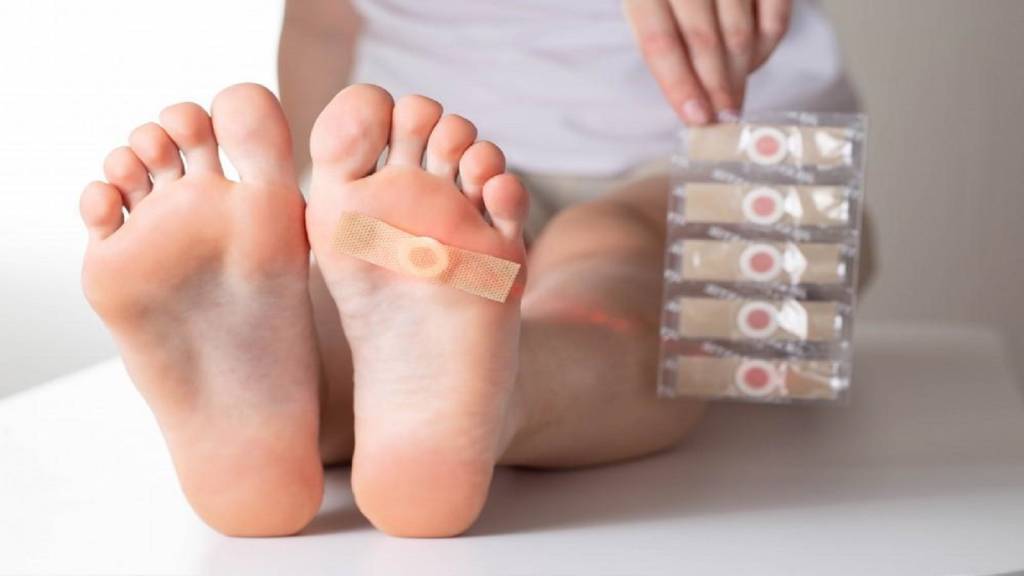Warts are common skin growths caused by the human papillomavirus (HPV). They can appear anywhere on the body and vary in size and appearance. Here are the typical methods used for wart removal:
Common Methods of Wart Removal:
- Over-the-Counter (OTC) Treatments:
- Salicylic Acid: Available in various forms such as gels, pads, and liquids. It works by gradually breaking down the wart tissue. Regular application over several weeks is usually required.
- Freezing (Cryotherapy) Treatments: OTC freezing products are available that use a cold temperature to freeze the wart, causing it to fall off over time.
- Prescription Treatments:
- Stronger Salicylic Acid Formulations: Higher concentrations of salicylic acid may be prescribed by a healthcare provider for more stubborn warts.
- Immunotherapy: Prescription creams that stimulate the body’s immune response to attack and remove the wart.
- In-Office Procedures:
- Cryotherapy: A healthcare provider uses liquid nitrogen to freeze the wart, causing it to blister and fall off. Multiple treatments may be needed.
- Electrosurgery: Warts can be removed using a small electrical current to burn the wart tissue. This method may be used for larger or resistant warts.
- Laser Treatment: Laser therapy can effectively target and destroy the blood vessels supplying the wart, causing it to shrink and fall off.
- Surgical Removal:
- Excision: Surgical cutting of the wart using a scalpel. This method is usually reserved for larger warts or those that do not respond to other treatments.
Considerations:
- Consultation: It’s advisable to consult with a dermatologist or healthcare provider for proper diagnosis and treatment recommendations, especially for warts that are large, painful, or spreading.
- Safety: Some DIY methods, like cutting or tearing off warts, can lead to infection and should be avoided. Professional treatment reduces the risk of complications and ensures effective removal.
- Post-Removal Care: Follow your healthcare provider’s instructions for caring for the treated area to promote healing and reduce the risk of recurrence or infection.
- Persistence: Warts can be stubborn and may require multiple treatments or different approaches to completely eliminate them. Patience and consistency with treatment are key.
- Prevention: Warts are contagious, so take precautions to avoid spreading them to other areas of your body or to other people. Keep the affected area clean and avoid touching or picking at the wart.


Each treatment option for wart removal has its benefits and considerations. Your healthcare provider can recommend the most appropriate method based on the type, location, and severity of your warts, as well as your overall health and preferences.

